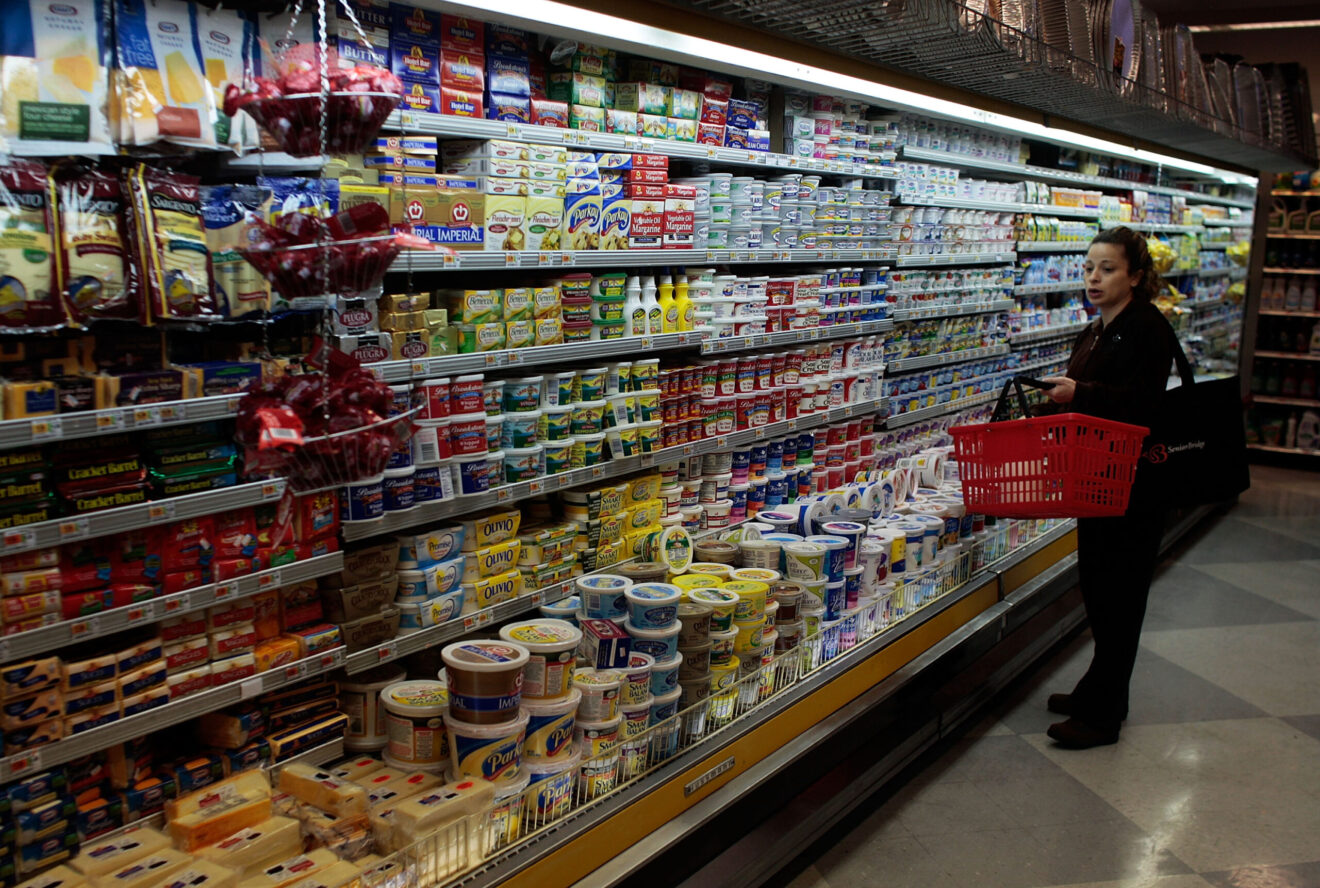Food and beverage firms often work for years to perfect the recipe of a new product until it’s just right, and then it’s time for them to bring it to the marketplace for the public to enjoy. However, it takes more than just a trip to the local grocery store to show a retailer why the product should be on shelves. Selecting packaging and forging relationships with grocers can often be just as intensive as formulating the recipe itself — but the final result can be extremely rewarding for those firms that are able to bring their brands to stores.
Because retailers only have a finite amount of space — and even a smaller percentage of that to devote to new products — it is imperative that food businesses are ready for market when they begin preparing for retail sales.
Refine the recipe, tweak the packaging
Companies that create new food or beverage products should make sure the recipe is flawless before thinking about scaling the business, says Steffen Weck, founder of consulting firm Food Business Consulting. “Most food entrepreneurs will say that everyone who tastes their product — family, friends, mother-in-law — loves it and tells them it should be in stores, but retail buyers will want you to be able to back that statement up with consumer data,” he advises.
Therefore, food businesses should put their products in front of consumer research panels that can evaluate the items and provide non-biased opinions. Once these sensory panels deem the product to be perfect, then it’s time to work on the packaging, Weck says.
When designing packaging, make sure the products are created in a practical way and fit well with how groceries display items. “One of our customers had a package shape that didn’t fit well on the shelf, so grocers didn’t want it,” Weck says. Once the packaging is tailored to grocery displays, show it to your original consumer research panel to confirm that it meets their expectations.
“Some consumers don’t like certain colors associated with certain foods and that can be very helpful to do up-front to eliminate early mistakes,” he advises. “If it’s hard to open or reclose, you can hurt repeat purchases and a research panel will help you find these types of issues.” Businesses should also ensure that the packaging will withstand the shipping process and won’t break apart when moved from a truck to a pallet to a warehouse.
Differentiate the product from competitors
Grocery buyers will want to know how the product is different from other similar items on the shelves, and the packaging should highlight that — for instance, if it’s a hummus made from soybeans instead of chickpeas, say that right on the package. “The packaging itself can be the point of differentiation, in that the product is bigger or smaller than existing items, or makes life more convenient for the consumer,” Weck says.
In addition, before meeting with a grocery buyer, know the planned price point and grocery category so the buyer will have an idea of where the product will be in the store, whether it’s the perimeter, the center store, the frozen food aisle or another location.
Don’t expect to start with national distribution
Although the goal of most food manufacturers is to get products on shelves nationwide, that isn’t a natural starting point, advises John Saidnawey, CEO with food broker JOH. “We tell our clients to score big locally, find a retailer who really believes in your message, win with that retailer in a test at a small sample of stores and take that success story to the others,” he says.
While the product is in the test market, the manufacturer should work hard to create excitement about the brand. Use social media campaigns, demos, sampling, couponing and other strategies, Saidnawey says. “Earn your shelf space, build your customer base, create loyalty and then share the data from those successes,” he said. “The ultimate result is consumer takeaway, movement through the register, that’s the true scorecard — so spread the word by making emotional connections with consumers in the test region with retailers who want to help create buzz about your product.”
If the test market proves successful, the entrepreneur can push to expand into wider distribution, but food manufacturers should be cautious not to grow too quickly. “If it’s a large chain approaching you to take a larger region, you need to be cautious if you don’t have the ability to scale that quickly,” Saidnawey says. Start in a smaller, more targeted region where you have the best chance of winning, and do whatever you must to create excitement in those stores. Once you begin hitting category movement hurdle rates, you should then move to the next region, he advises.
“When you try to scale too quickly, you can compromise quality, shipping, logistics, supply chain and other areas, and those stumbles can take time to mend,” he advises.
______________________________________
If you enjoyed this article, join SmartBrief’s email list for more stories about the food and beverage industry. We offer 20 newsletters covering the industry from restaurants to food manufacturing. And be sure to follow us on Twitter for the latest industry news.
